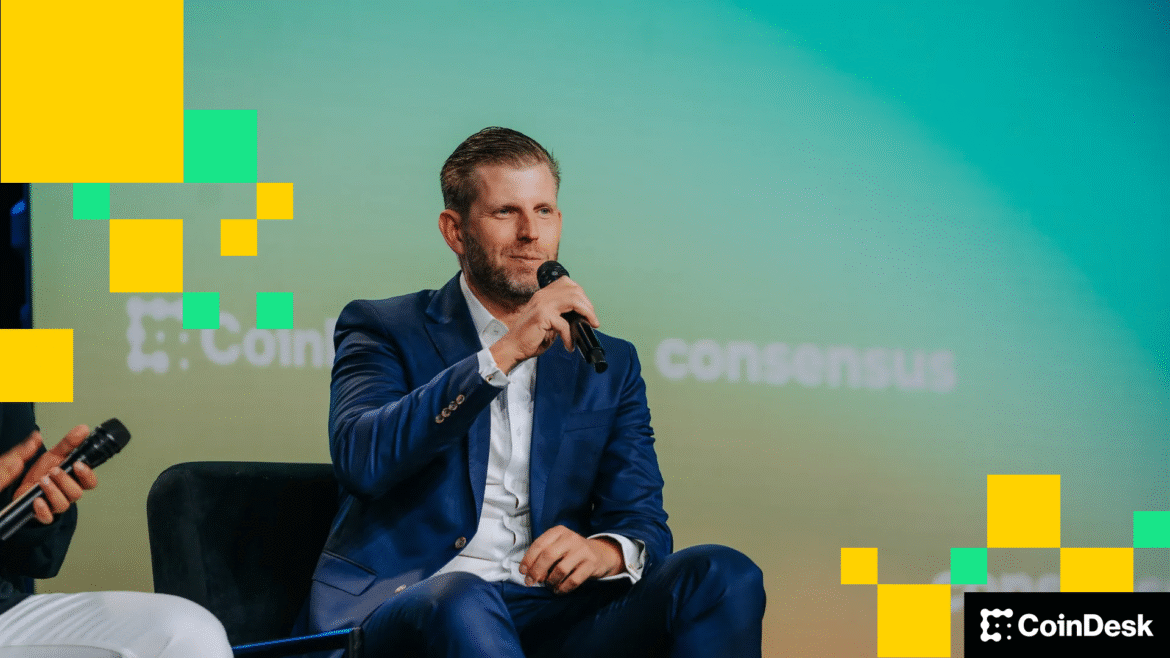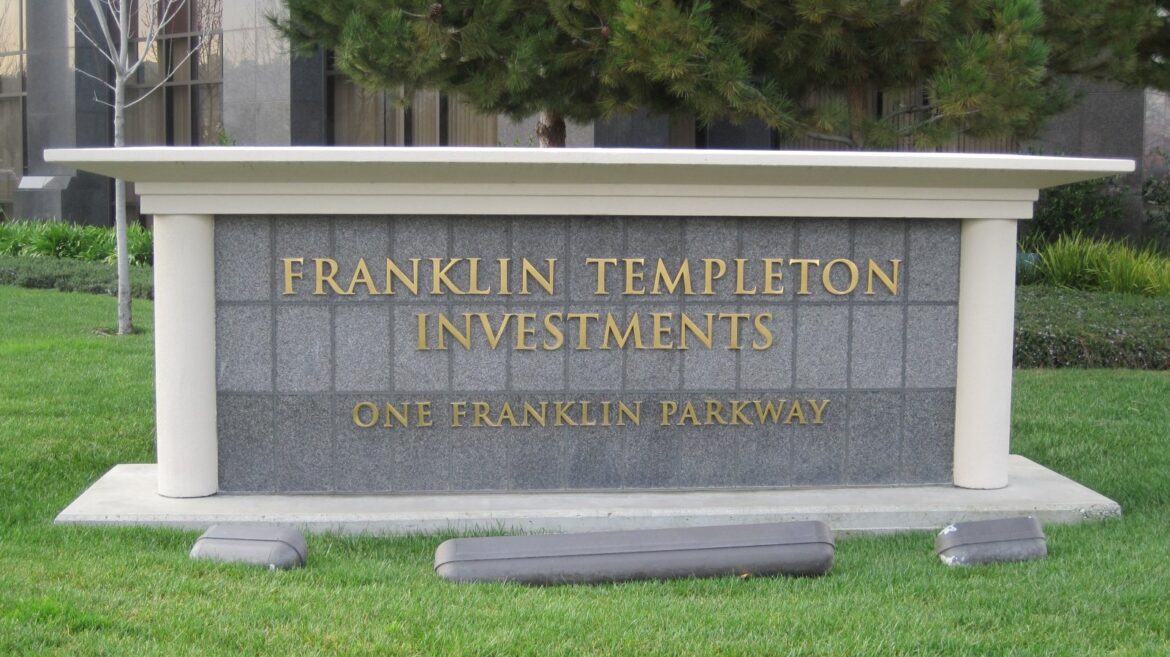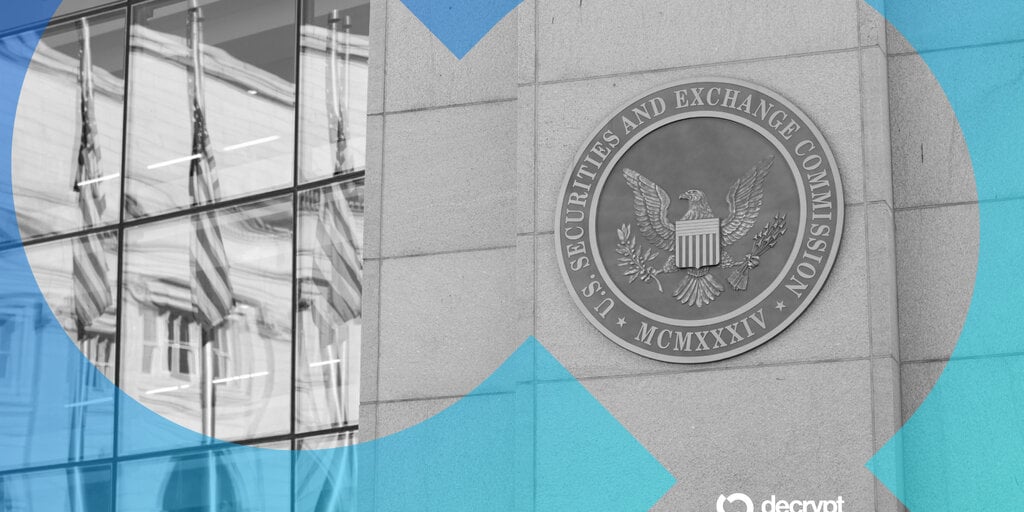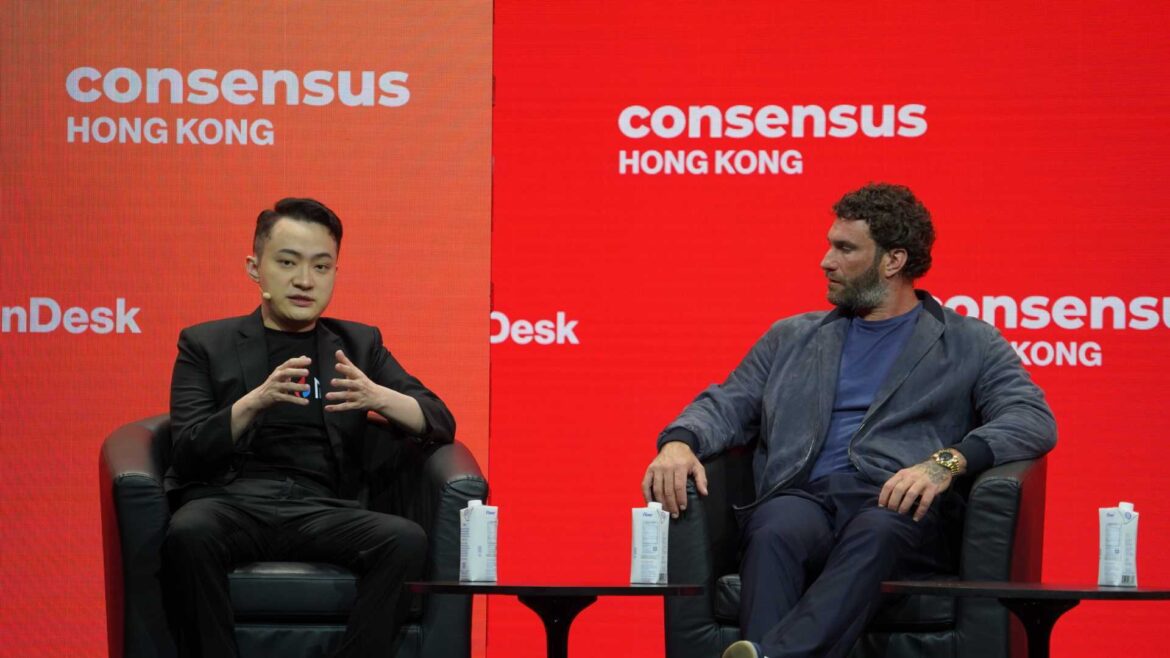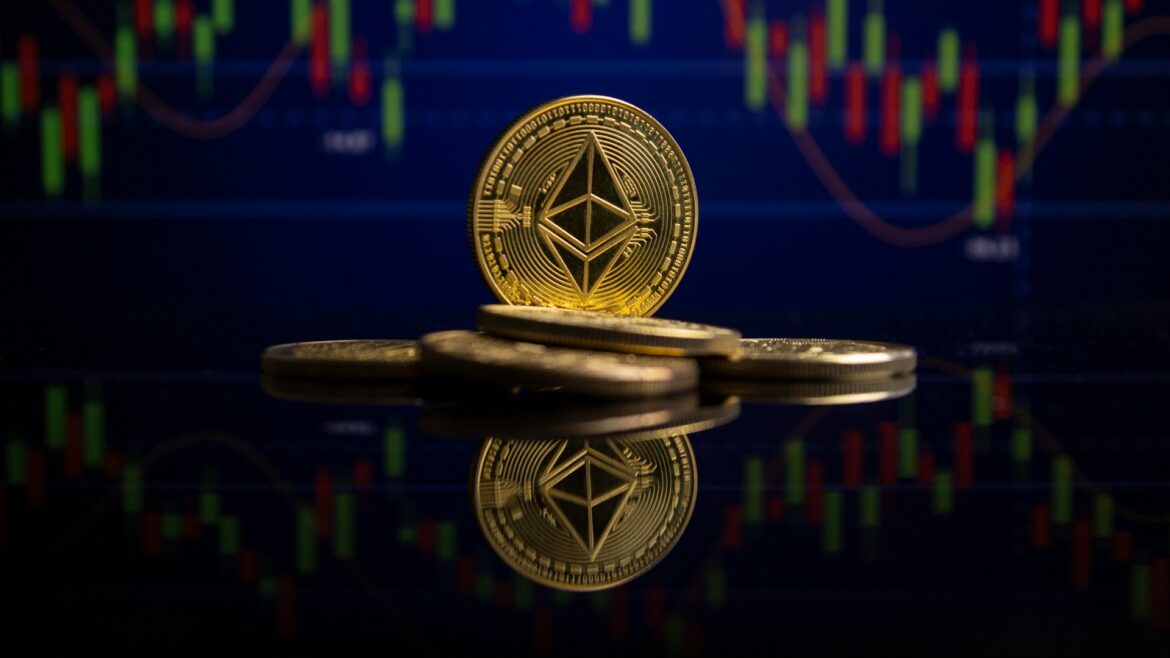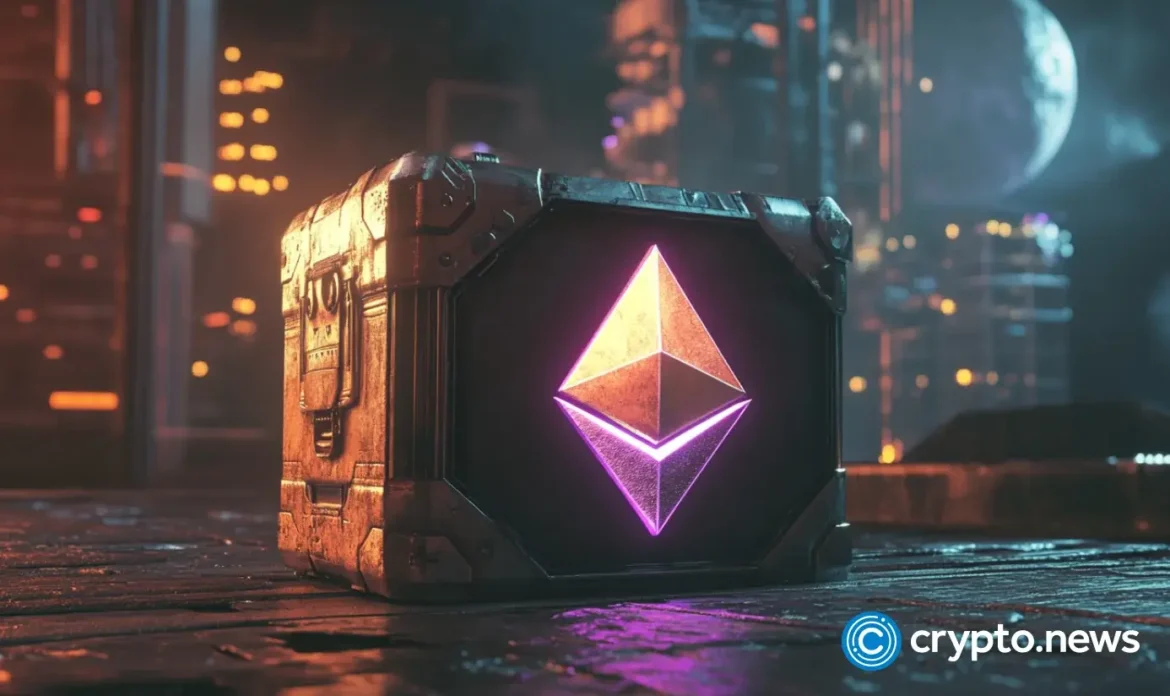World Liberty Financial’s native token (WLFI) is holding steady after the project’s community overwhelmingly approved a plan to direct all protocol-owned liquidity fees toward a buyback-and-burn mechanism.
WLFI is trading near $0.20, up 0.2% over the past 24 hours and 7.8% higher on the week, according to CoinGecko data. The token has a market capitalization of $5.4 billion and daily trading volumes of approximately $480 million.
The Trump-affiliated token is down around 35% since launch.
The proposal, introduced late Thursday U.S. time, earmarks 100% of fees generated by WLFI’s liquidity positions on Ethereum, Binance Smart Chain, and Solana for open-market purchases of WLFI that will be permanently burned. The plan is designed to shrink circulating supply and reinforce a deflationary narrative.
Voting shows overwhelming consensus: more than 1.3 billion votes, or 99.48%, are in favor, with just 0.12% against. Turnout reached 135% of the required quorum. The vote formally ends September 19.
Supporters of the proposal argue that tying burns to trading activity creates alignment between token usage and long-term value.
With the buyback-and-burn plan now set to pass, WLFI is trying to shift investor focus from early volatility to a long-term scarcity model, similar to Ethereum.

